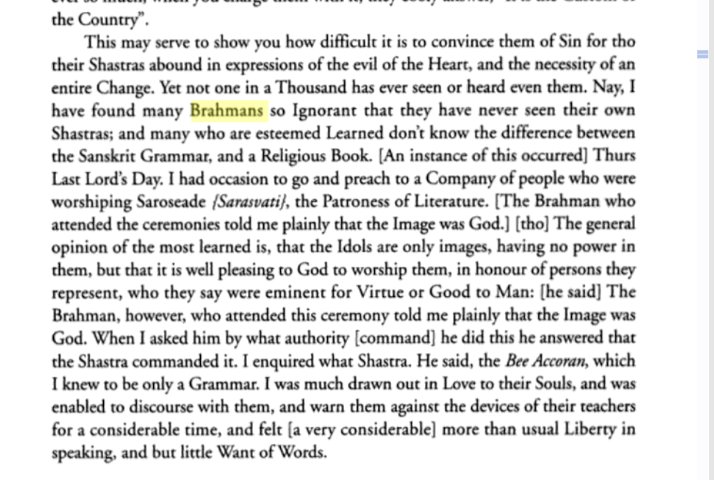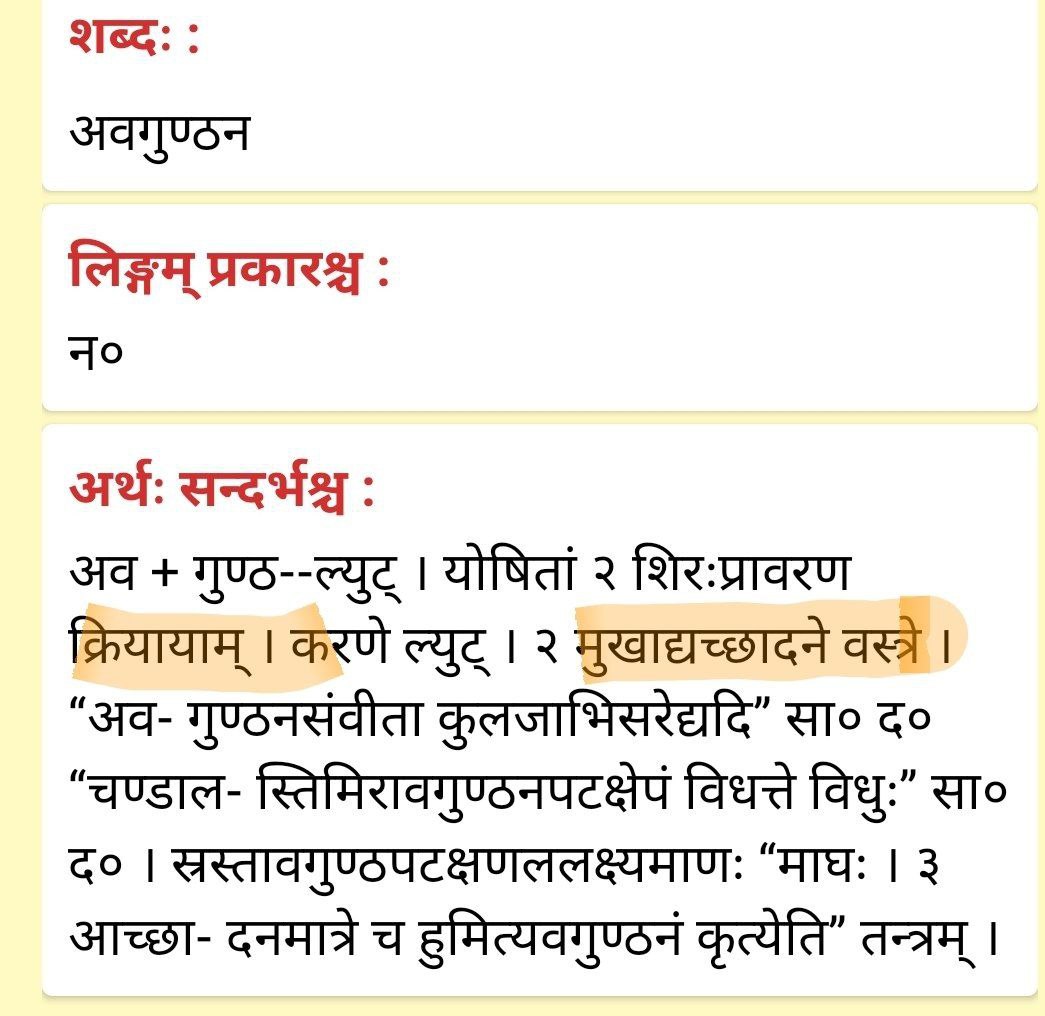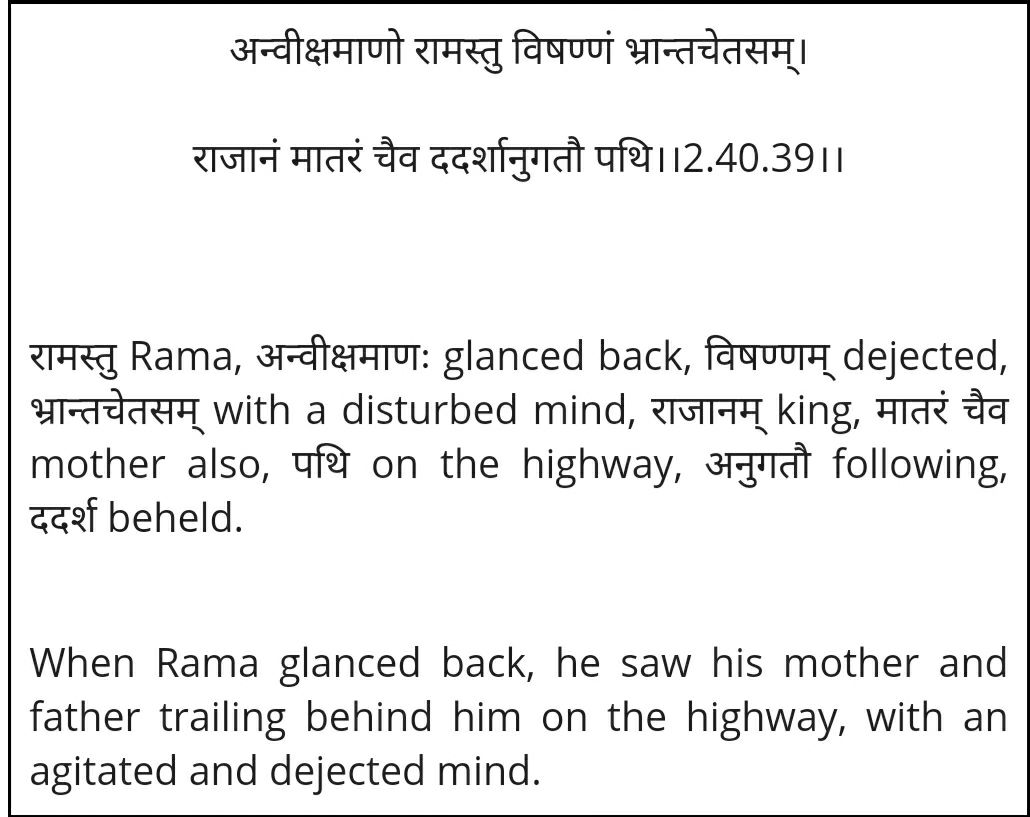Authors Tanvangi

We people don't have any idea how deep missionaries have infiltrated.
— Vedic Wisdom...\u0950 (@VedicWisdom1) December 17, 2020
While Exploring Sanskrit wikisource, I found this- Bible translated in Sanskrit and uploaded there.
Most Hindus don't know about this site, I myself found this a few days ago, But they are already there. pic.twitter.com/mzg5HPh468
A supposed saviour of the Hindu women who were otherwise forced to immolate themselves on their dead husband's pyre, he is credited to having brought this inhuman practice to the notice of Government and championed to get it abolished.
This is the popular narrative. The truth is slightly different. Raja Ram Mohan Roy played an important role in getting Sati abolished. But even before that, it is important to know that Sati was never as widely practiced as William Carey made it out to be.
He was almost single-handedly responsible for grossly inflating the numbers of the number of women who became Sati annually. I have discussed this is depth in this thread.
Continued from tbe the previous thread. Here is the linkhttps://t.co/TjeG9G3T0m
— Tanvangi (@Tanvangi17) July 16, 2020
Long thread. Please be patient.
While reading this thread by @VedicWisdom1 yesterday, I remembered reading something while I was doing my research on William Carey for the Sati thread. A little digging later some startling facts have come up.
William Carey landed on the Indian soil in the year 1793. He spent the remaining years of his life in India. He was a British missionary, a translator and a social reformer who is best known for having the practice of Sati abolished in India. https://t.co/kRiPwgjwcP pic.twitter.com/JqO3A7cCsX
— Tanvangi (@Tanvangi17) December 18, 2020
It is entirely possible that,Carey in his arrogance of being the white man and hence more civilized,his inability to under the Hindu scriptures and his natural disdain for the learned community coupled with his inherent hatred for the idolaters may have exaggerated the incidents.
In fact, considering the venom with which he has spoken about Hinduism and it's practices, it's likely that he has exaggerated these incidents. But it cannot be denied that these incidents did happen even if they may not have been on scale at which Carey has described.
One of his journal entry mentions a debate which happened in a temple in front of around 200 people. Carey describes having debated with two learned men and goes on to say when both learned men failed to answer his questions, he went on to preach the gospel to the assembled crowd

In a letter dated 30th June,1795 he goes on to gleefully narate how Hindus were unaware of their own scriptures and how an supposed expert named a grammar book when he was questioned as which scripture said that the Murti is God.


The custom of covering one's face with the loose end of the saree or the dupatta is a practice that is observed is some parts of the country. But no Shastras call this a compulsory practice or a religious duty.
Manusmriti which talks about all the aspects of life has nowhere mentioned that a women, when she steps out, should be veiled. In fact Manusmriti advices men to remain cautious when is company of females and to always keep their guard up.
These three verses are often citied to show misogyny in Manusmriti. That's certainly not the case.
— Tanvangi \U0001f9a2\U0001f989\U0001f913 (@Tanvangi17) February 7, 2021
Common sense when applied, will prove that these verses mean the exact opposite of what you claim they mean. https://t.co/uWrBmYYNiP pic.twitter.com/wrvZr49K0D
Moving on, in Ramayana when Shri Ram had started off from Ayodhya for vanwas, there is a description of how he could see his parents following him with agitated expression. There is no mention of a veil covering Mata Kausalya.

When Maharaj Dasharath invited Rishyashringa and his wife to perform Yajña, the description of Shanta, no where mentions that she was veiled.






